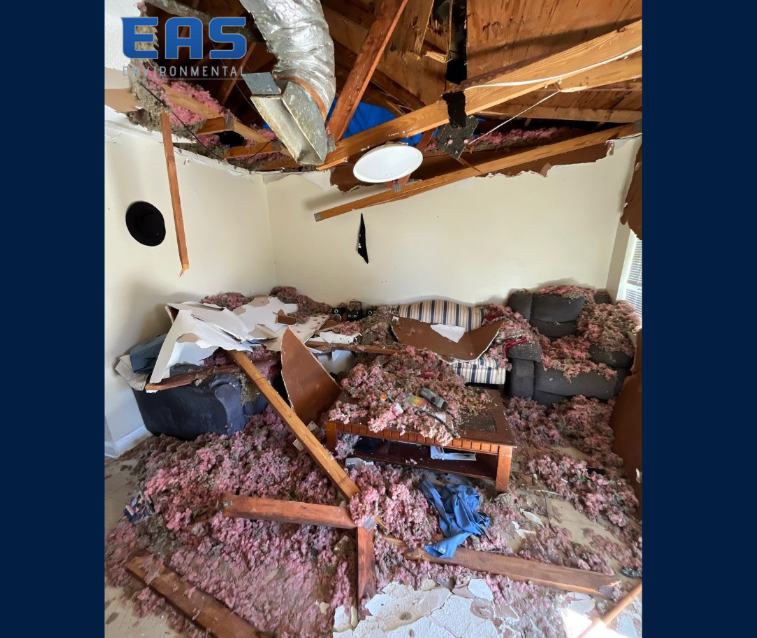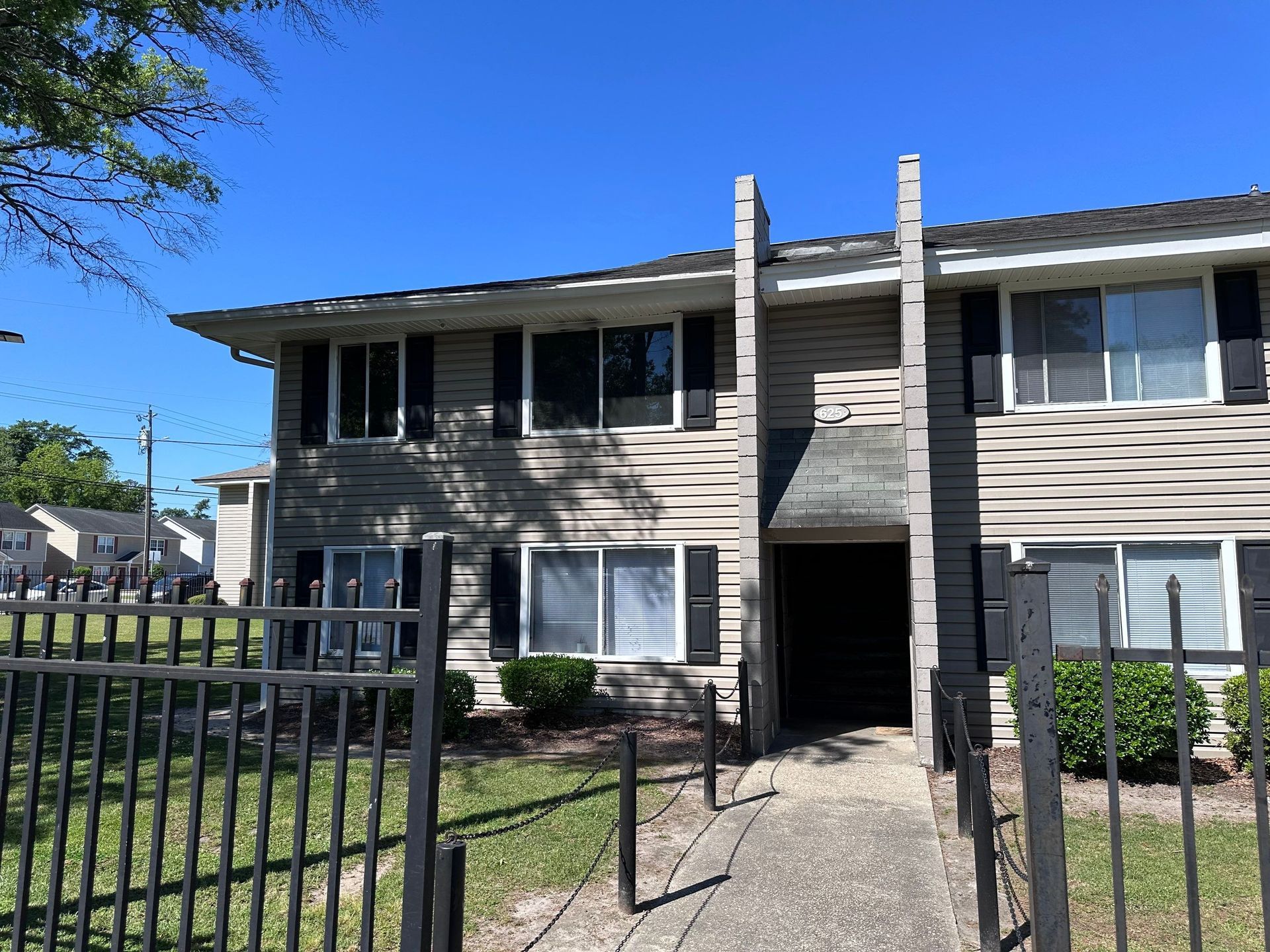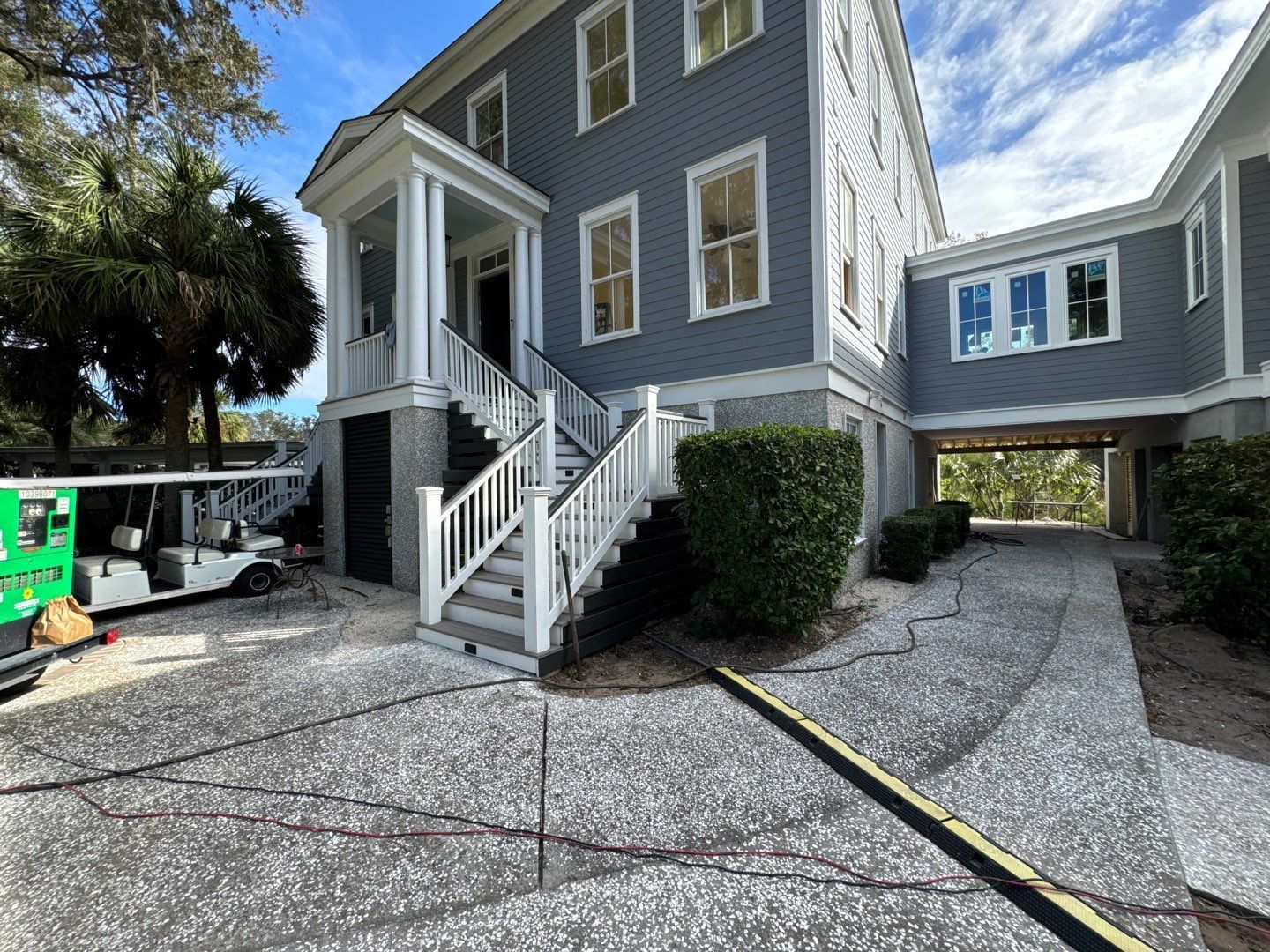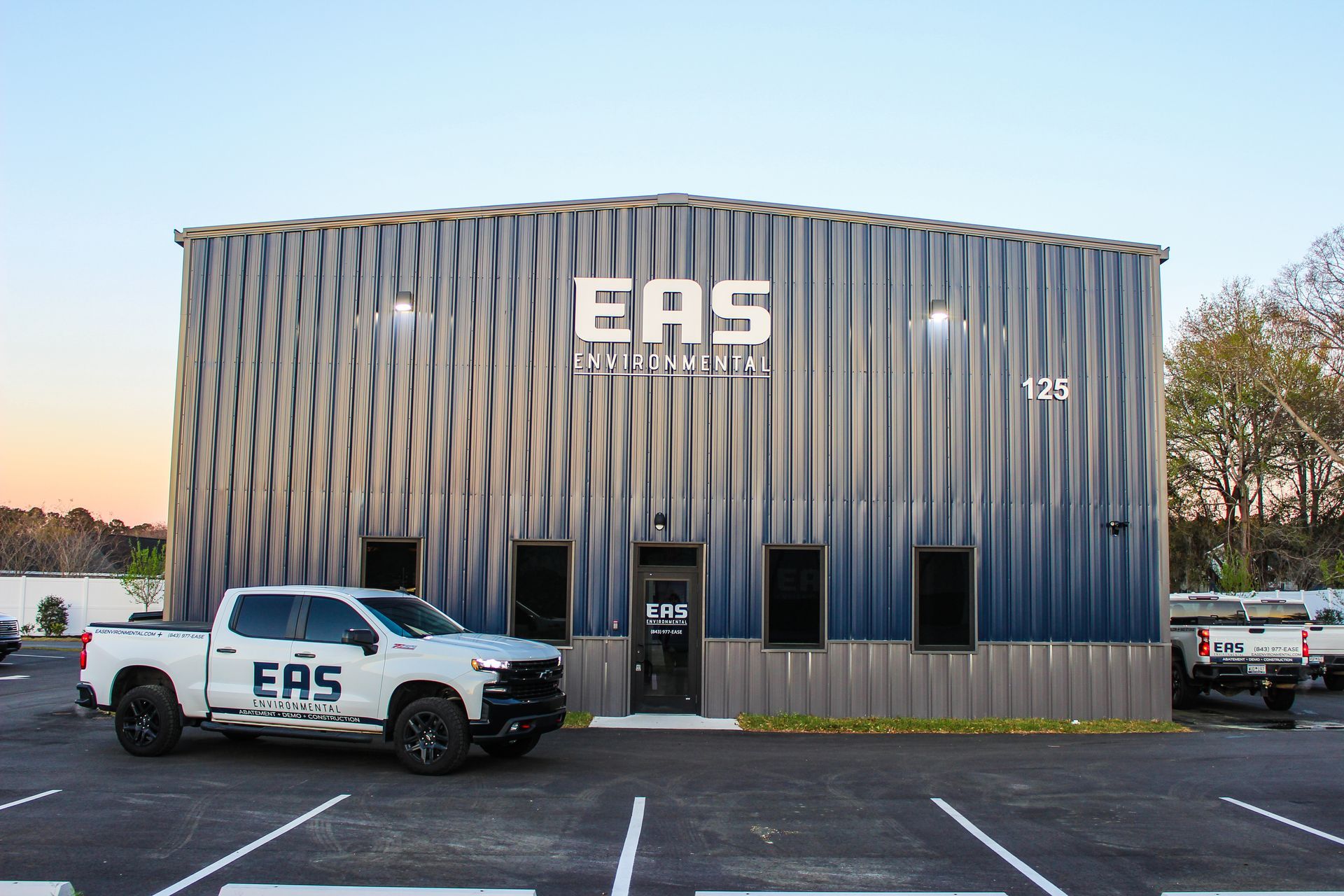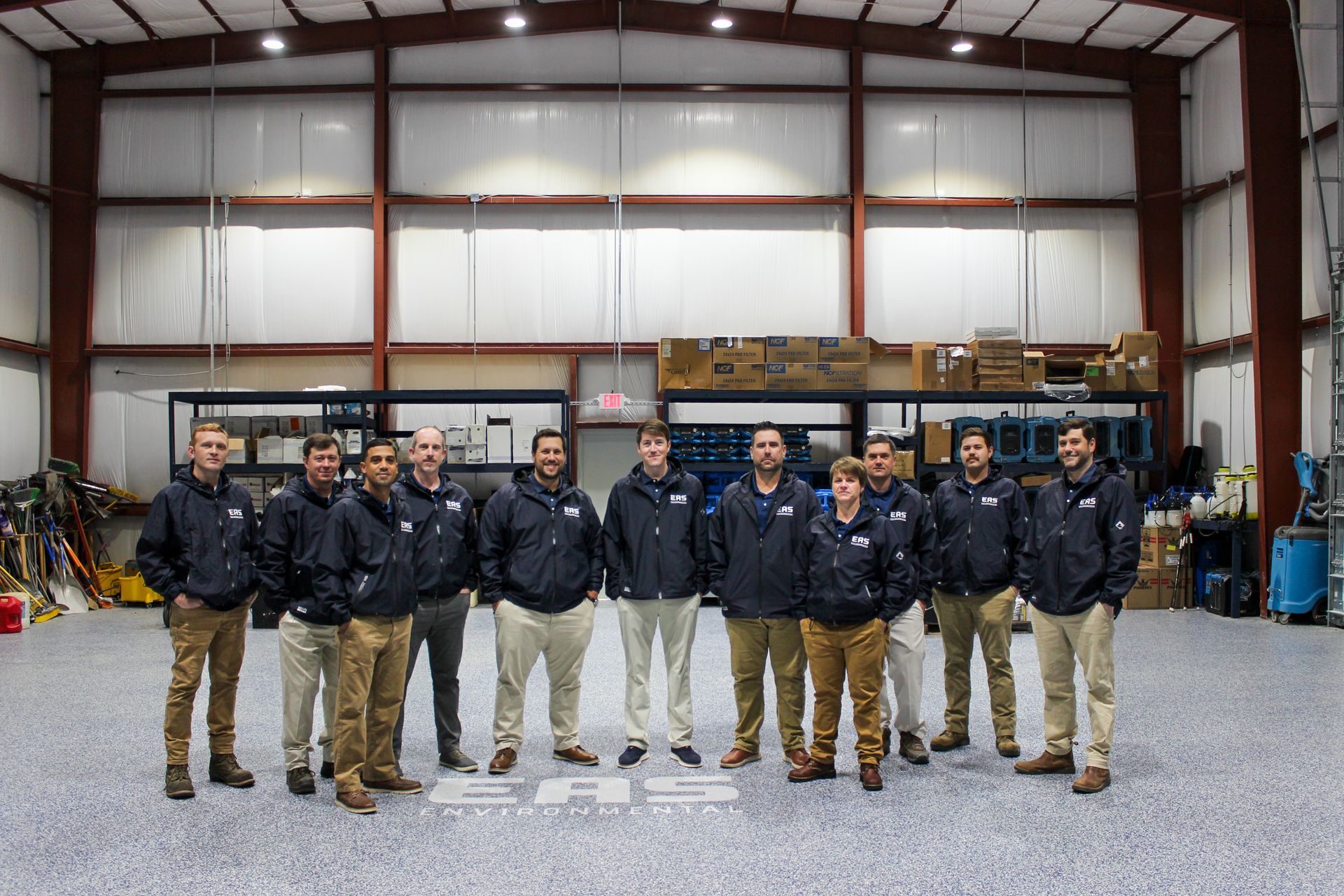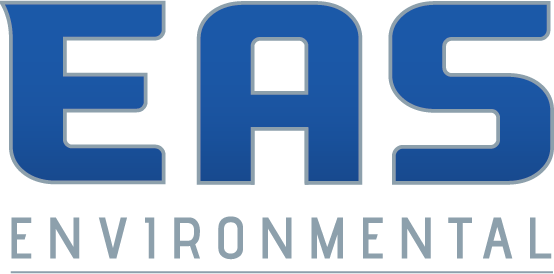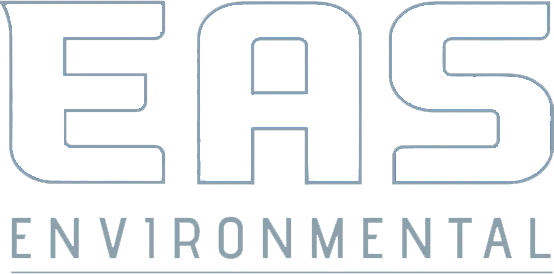Asbestos was once hailed as a “miracle material” for its heat resistance, durability, and insulating capabilities. For decades, it was widely used in residential construction—especially in insulation, floor tiles, roofing materials, and textured ceilings. However, growing awareness of its severe health risks prompted a series of regulatory crackdowns.
So, when was asbestos banned in homes? The answer isn’t straightforward—but knowing the history is essential for homeowners, renovators, and anyone living in a home built before 1990.
Asbestos Use in Residential Construction: A Historical Overview
Asbestos use in homes peaked between the 1930s and the 1970s. It was commonly found in:
- Insulation (especially around pipes and ducts)
- Vinyl (VCT) floor tiles and adhesives (mastic)
- Roofing shingles and flashing
- Cement siding (“transite”)
- Acoustic ceiling tiles
- Popcorn ceiling texture
- Joint compounds - like those found in typical drywall
- Cement products
Although concerns about asbestos exposure surfaced as early as the 1960s, it wasn't until the late 1970s and 1980s that its use began to be seriously curtailed - but not eliminated.
When Was Asbestos Banned?
Contrary to popular belief, asbestos has not been fully banned in the United States. Instead, its use has been heavily restricted through a series of phased regulations:
- 1973:
The EPA banned spray-applied asbestos-containing materials for fireproofing and insulation.
- 1977:
The Consumer Product Safety Commission banned asbestos in wall patching compounds and artificial fireplace embers.
- 1989:
The EPA issued a full ban under the Asbestos Ban and Phase-Out Rule—but it was largely overturned in 1991.
- Present Day: Many asbestos-containing materials are no longer manufactured or sold, but asbestos remains legal in certain products under strict regulation.
Because of this phased and partial ban, asbestos-containing materials can still be found in homes built as late as the 1980s—and even later in some imported materials.
How Do I Know If My Home Contains Asbestos?
If your home was built before the mid-1980s, there's a high chance it may contain asbestos. However, asbestos is not dangerous unless it is disturbed and becomes airborne. Common risk scenarios include:
- Renovation or demolition of older homes
- Damage to aging building material
- DIY repairs involving insulation or flooring
Professional asbestos inspection and testing are the only reliable ways to confirm its presence.
Where Can Asbestos Still Be Found in Homes?
Even homes built into the 1980s or early 1990s may contain asbestos. It’s often present in:
- Popcorn/textured ceilings
- Vinyl tiles and mastic adhesives
- Duct and pipe insulation
- Roofing and siding materials
- Joint compound used in drywall taping
What EAS Environmental Can Do to Help
At EAS Environmental,
our certified professionals specialize in:
- Asbestos inspections and risk assessments
- Sample collection and laboratory testing
- Safe asbestos abatement and removal
- Post-removal air quality verification
We adhere strictly to federal and state guidelines, ensuring that any asbestos-containing materials are handled safely and effectively.
Don’t Take the Risk—Test Before You Renovate
Whether you’re planning a renovation or simply want peace of mind, understanding your home's asbestos risk is crucial. Ignoring potential exposure can lead to serious health issues like mesothelioma, lung cancer, and asbestosis.
Contact EAS Environmental
today to schedule a professional inspection and safeguard your property and your health.
FAQ – Common Asbestos Questions
Q: Is asbestos still used today?
A: Yes. Some imported products may legally contain asbestos (e.g., brake pads, roofing, gaskets).
Q: Can I test for asbestos myself?
A: DIY kits are available but unreliable. Disturbing the material could create a health risk. It is best to consult with a certified professional.
Q: What’s the safest way to remove asbestos?
A: Consult with licensed abatement specialists who follow EPA and OSHA standards.
Q. Can I find asbestos on new homes?
A: Yes. Some newer homes may still contain asbestos in imported materials, leftover stock, or legal non-friable products like certain floor tiles or roofing materials.
References
1. U.S. Environmental Protection Agency (EPA)
Asbestos Laws and Regulations:
https://www.epa.gov/asbestos/asbestos-laws-and-regulations
2. Occupational Safety and Health Administration (OSHA)
Asbestos Fact Sheet:
https://www.osha.gov/sites/default/files/publications/OSHA3507.pdf
3. Consumer Product Safety Commission (CPSC)
Banned Hazardous Products:
https://www.cpsc.gov/Business--Manufacturing/Business-Education/Business-Guidance/Banned-Hazardous-Products
4. Agency for Toxic Substances and Disease Registry (ATSDR)
Asbestos Toxicological Profile:
https://wwwn.cdc.gov/TSP/ToxProfiles/ToxProfiles.aspx?id=30&tid=4
5. National Cancer Institute (NCI) – NIH
Asbestos Exposure and Cancer Risk:
https://www.cancer.gov/about-cancer/causes-prevention/risk/substances/asbestos/asbestos-fact-sheet
6. Environmental Working Group (EWG)
Asbestos Nation Report:
https://www.ewg.org/asbestos/
